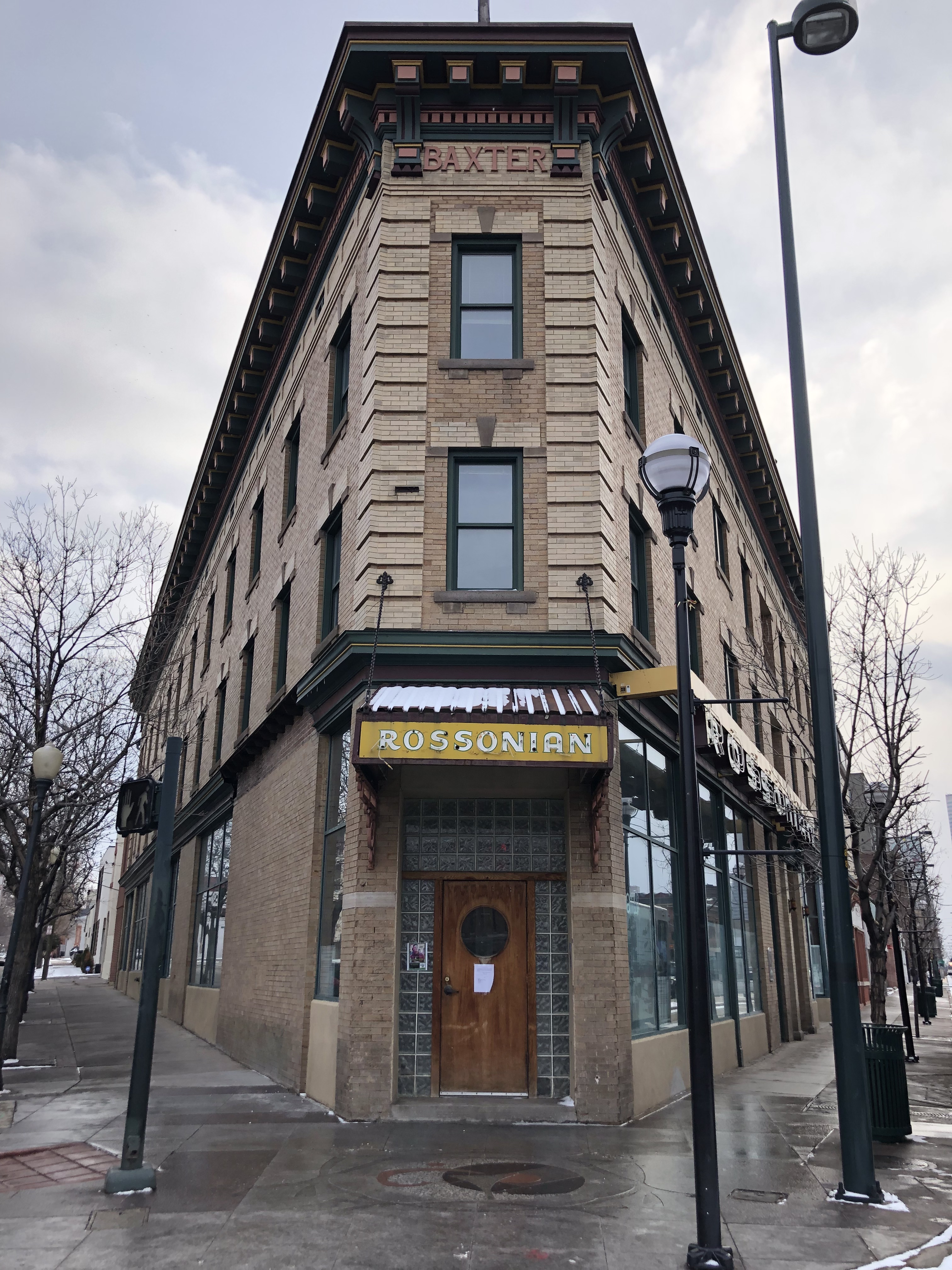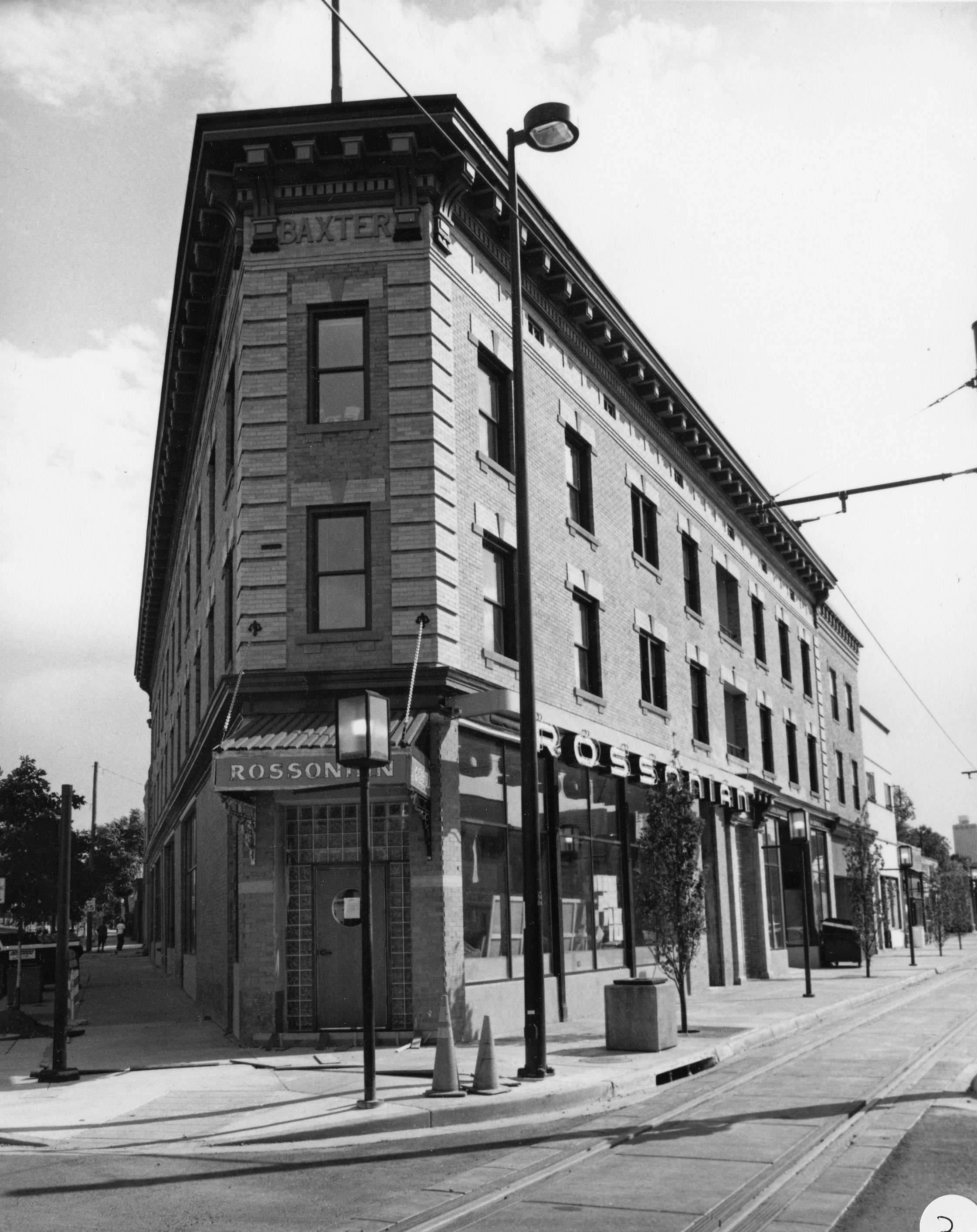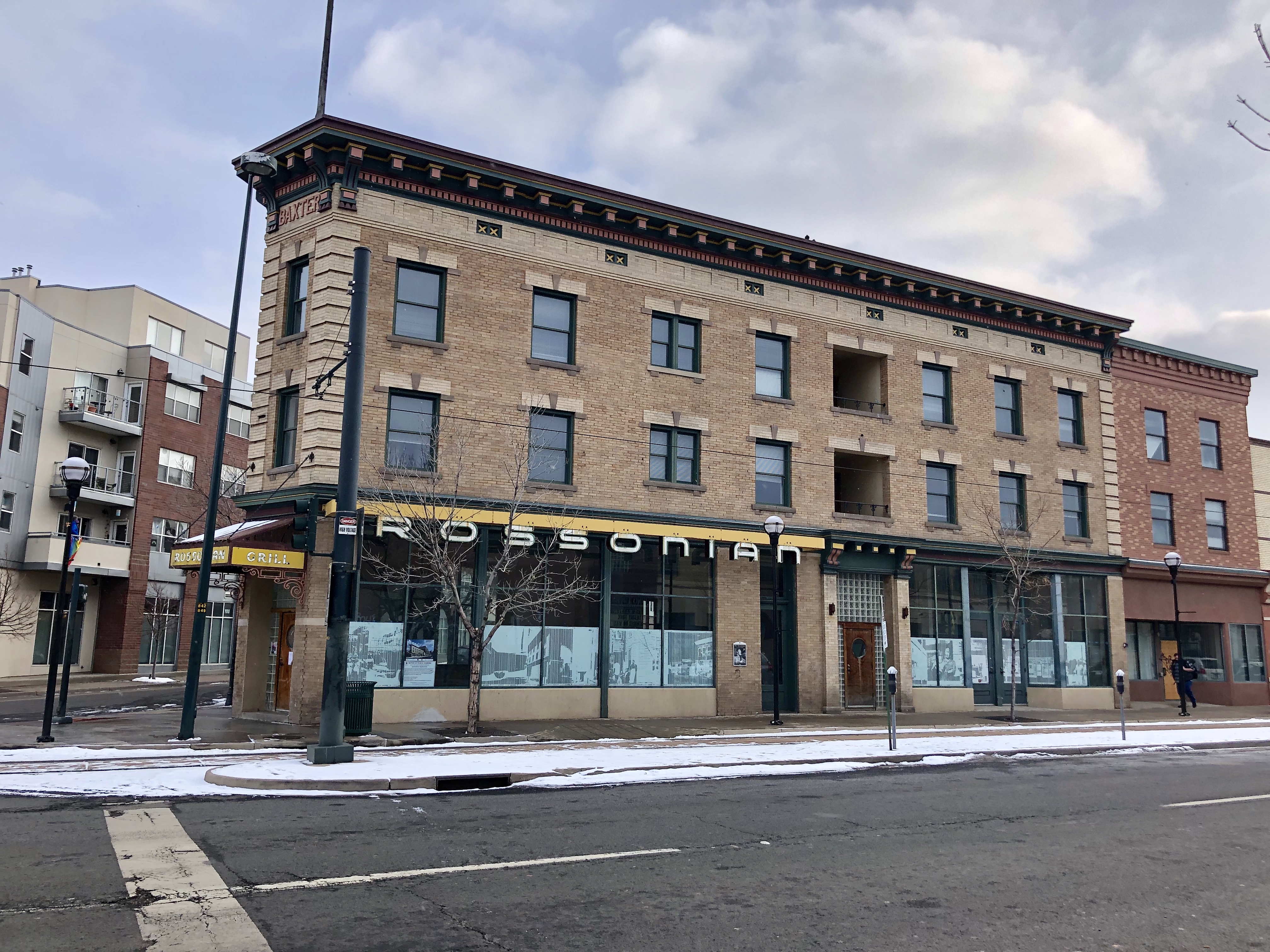Story
Do you know this place?—Black History Month edition
Since our nation’s bicentennial in 1976, Americans have recalled and honored the often-overlooked stories and experiences of black Americans during African American History Month. Those looking to discover and celebrate these stories need only explore Colorado’s special places.
In our Do you know this place? blog series, we quiz you on what you might know about these places and then tell you what makes them unique.
Do you know this place?
1. Where is it?
a) Pueblo
b) Fort Collins
c) Denver
d) Trinidad
2. When was it built?
a) 1869
b) 1898
c) 1912
d) 1937
3. What was it?
a) bank and professional offices
b) apartments
c) hotel and jazz club
d) newspaper offices
Answer
1.c) Denver
2.c) 1912
3.c) hotel and jazz club
This three-story brick building is part of a special five-corner intersection east of downtown Denver. It was originally called the Baxter Hotel (named after the owner of the Baxter Cigar Company) and over the decades became the physical, social, and commercial center of the city’s Five Points community.
Five Points is one of Denver’s oldest neighborhoods. By 1890, purportedly the world’s longest cable car line, the Welton Street route, ran through this neighborhood. By the 1920s, it had become home to Colorado’s largest black community, largely due to the fact that black Denverites had trouble finding housing in other parts of the city. Between 1930 and 1950, Five Points developed into a largely self-contained community with services and commercial establishments catering to African Americans as well as other ethnic groups in the area.
In 1929, this building was renamed the Rossonian after Mr. A.W.L. Ross, who managed the building along with a small group of black men who worked as railroad porters and waiters. Today its signs and door reflect changes made to the Renaissance Revival building in the 1930s.
As the jazz phenomenon of the late 1930s spread in popularity across the country, Five Points emerged as a central place for jazz in the West. The Rossonian gained a reputation largely because of performances by famous musicians such as Count Basie, Duke Ellington, Louis Armstrong, Dinah Washington, and Nat King Cole. Despite their national stature, these jazz musicians played at white-owned and managed hotels that refused them lodging. Consequently, they stayed at the Rossonian, where they entertained in the lounge after their major Denver engagements or while they were en route to other cities.
After World War II, the city made strides towards reducing racial segregation. The need for alternative lodging at the Rossonian lessened and the lounge drew fewer big-name musicians. While the hotel continued to be a center for jazz performances, the quality of the acts and the facilities deteriorated. The building was sold for back taxes in 1960 and remained under-utilized and poorly maintained until an extensive rehabilitation project in the early 1990s.
The Rossonian Hotel is listed in the National Register of Historic Places because of its ties to African American heritage. This year the building received one of our State Historical Fund grants as plans are being made to rehabilitate and reopen the building.



